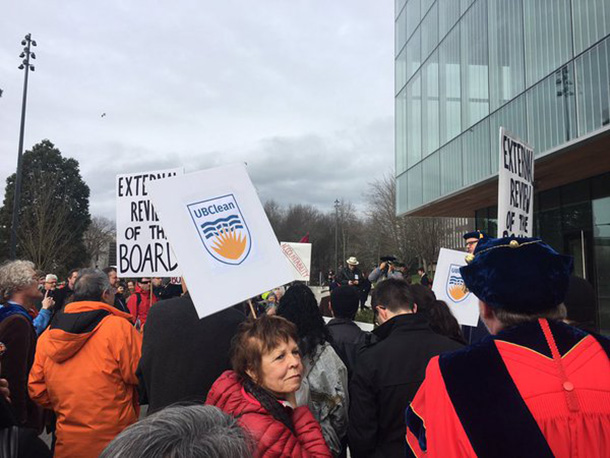The All-Administrative Campus: University of British Columbia, Okanagan
Main Article Content
Abstract
The focus of the paper is on internal governance and management at UBCO as it has evolved since 2005, in particular with respect to traditions of shared academic governance in university management. The paper is informed by the analysis of Ginsberg (2011), and is divided into four sections. The first discusses the insights of Ginsberg and how they can be applied in this case. The second discusses general issues of consultation, communication and commitment to shared academic governance by the senior administrators of the new campus. Third, budgetary management, accountability and transparency is discussed. Finally, strategic academic planning is analyzed, along with academic program review and performance. The paper ends with some concluding comments. To anticipate the results of the analysis, the paper tends to confirm the words attributed to Professor Henry Rosovsky, economic historian and past Acting President of Harvard University, that the quality of a university campus is likely “negatively correlated with the unrestrained power of administrators” (Ginsberg, 2011, p. 3). On this slope of correlation, UBCO is not an outlier.
Article Details
Authors who publish with this journal agree to the following terms:
- Authors retain copyright and grant the journal right of first publication with the work simultaneously licensed under a Creative Commons Attribution License that allows others to share the work with an acknowledgement of the work's authorship and initial publication in this journal.
- Authors are able to enter into separate, additional contractual arrangements for the non-exclusive distribution of the journal's published version of the work (e.g., post it to an institutional repository or publish it in a book), with an acknowledgement of its initial publication in this journal.
- Authors are permitted and encouraged to post their work online (e.g., in institutional repositories or on their website) prior to and during the submission process, as it can lead to productive exchanges, as well as earlier and greater citation of published work.
